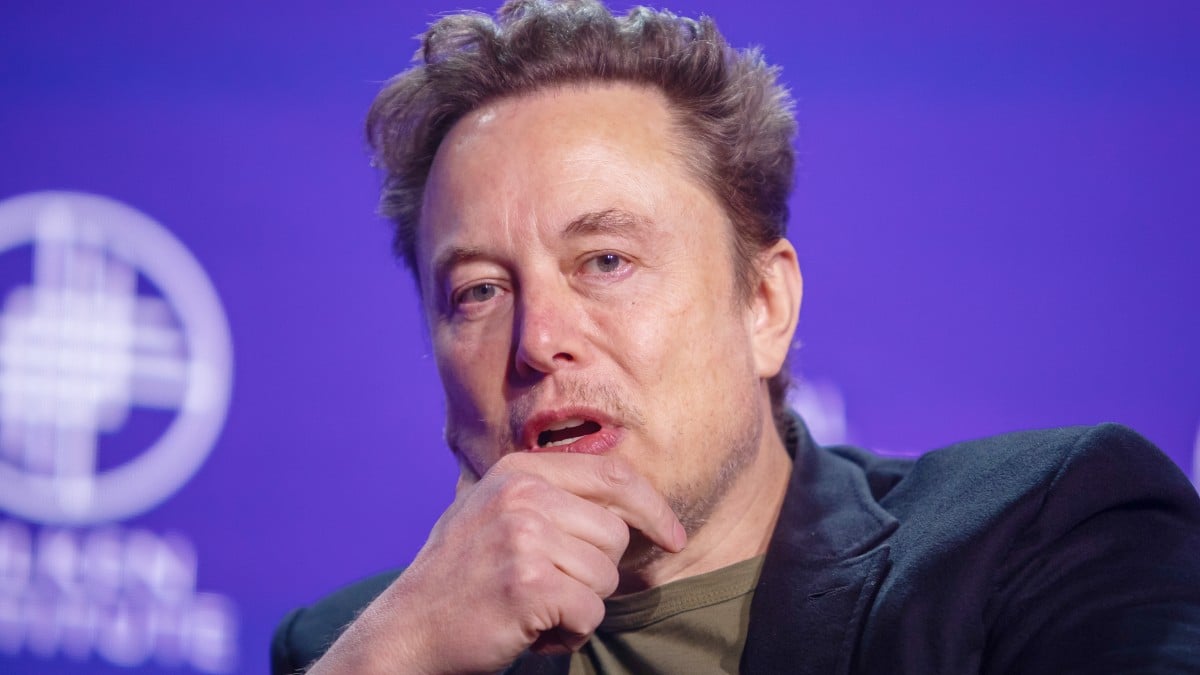When Elon Musk said during his mostly underwhelming “We, Robot” event on Oct. 10, 2024, that “the future should look like the future,” it wouldn’t be too shocking to learn that the billionaire’s mental conception of “the future” was taken straight out of The Jetsons or, as the name of the event indicates, the 2004 movie I, Robot.
During the highly anticipated Tesla event hosted at Warner Bros. Discovery Studios in Burbank, California, the vehicle company unveiled 3 prototypes: the “Cybercab,” the “Optimus” robots, and the “Robovan.” Admittedly, these names could have been thought of by an elementary school child, and, if these designs are supposed to reflect the future, I’m hoping for the invention of the time machine to be close on the horizon so I can be sent back to the past.
“It’s like when you watch an 80s movie that takes place in like 2015,” one Redditor wrote. ““The future should look like the future” that Elon watched in 80s sci-fi,” commented another.
While it can be argued that these cartoonishly futuristic designs are nothing to boast about, this fact is made even worse considering many critics deemed “We, Robot” to have been more about superficial stylistic choices than anything of actual substance. The lack of concrete details about how the company will be enacting the transition into this supposed full-automation utopia also raised eyebrows. As a result, most investors were not impressed and Telsa’s shares dropped steeply in the aftermath (per The Wall Street Journal).
An analyst at the Royal Bank of Canada, Tom Narayan, was quoted by The Guardian:
“Investors we spoke to at the event thought the event was light of real numbers and timelines. These typically come at Tesla events. This one seemed focused on branding and marketing Tesla’s vision, rather than giving concrete numbers for us to model out. As such, we would expect shares to trade lower.”
For many, it has become clear that the “We, Robot” event was more about seeming innovative and pioneering than unveiling something truly meaningful and completely state-of-the-art.
It’s all about looking and sounding “cool”
One ultimately meaningless stylistic choice, but still very on-brand for Elon Musk, had to do with the pronunciation of his 20-passenger autonomous vehicle, the Robovan. It is not pronounced as anyone would reasonably guess it would be pronounced. Perhaps, the company’s CEO was anticipating that people would not be remotely mindblown by his naming choices, so he decided to add some extra flair, some wholly unnecessary je ne sais quoi, and call it ruh-bo-ven.
It could have been easier to completely ignore the unimpressive branding choices were the designs less of an eyesore – American journalist Kara Swisher dubbed the large driverless vehicle “a lovely toaster on wheels.”
Musk had previously asserted that the “We, Robot” event would “be one for the history books.” But most people, be they the average netizen or the knowledgeable critic, are not convinced beyond doubt.
During his onstage announcement, Musk did not even hint at a potential release date for the Robovan. The Tech billionaire must have learned not to overpromise as much as he has in the past, as Musk himself admitted that he tends “to be a little optimistic with timeframes.”
As for the Cybercab, Musk suggested these would likely begin production “before 2027.” But it’s fair to say – considering the many unfilled promises and postponements over the years – we shouldn’t hold our breath.
